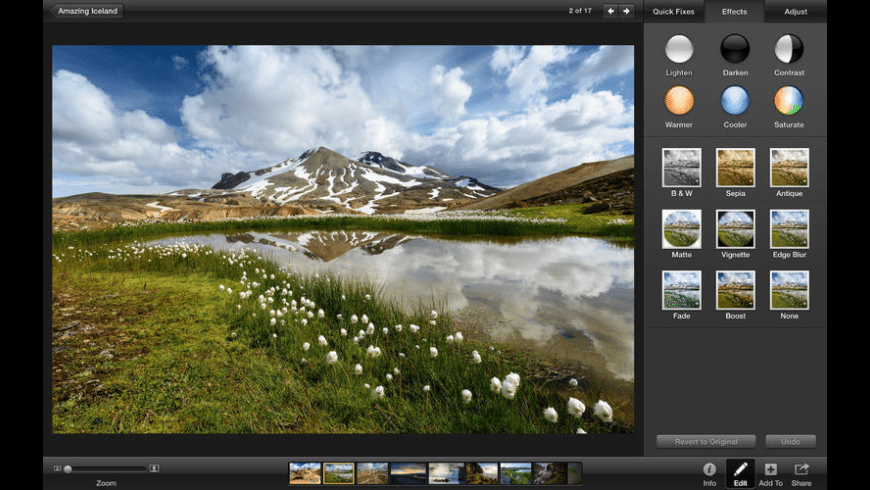

- Iphoto for mac 10.8.5 how to#
- Iphoto for mac 10.8.5 for mac os#
- Iphoto for mac 10.8.5 upgrade#
- Iphoto for mac 10.8.5 Pc#
We've been using computers since the 1980s that have been built on a metaphor.

Wouldn't it be a cool option to export files with the new file CreatedDate equal to the old file CreatedDate? But if that's what you want, why are you using a database designed for non-destructive ending and photo management? You can view a pic or add it to an email or manually maintain a library in the Finder.
Iphoto for mac 10.8.5 Pc#
Since you don't need a photo app on a PC to view a pic or add it to an email or manually maintain a library it is horrible when all your photos have the same date.
Iphoto for mac 10.8.5 upgrade#
Right, but again, you're confusing the file with the photo and sooner or later - probably when you upgrade to a new machine - all that will be lost. When I want to use photos on a PC I like having the original dates on the file. The Get Info facility in the Finder refers only to File Metadata and not to the Photo metadata at all. You can check this by taking one picture and export it both ways to your desktop and check the Get Info fields. Has details of the options in the Export dialogue. To sort on the Photo date you'll need to use a photo app.Īlso you don't lose any metadata - including the location material - if you choose the correct export settings So, your photo has the correct date, and so does the file, but they are different things. The problem is that the Finder doesn't work with Exif. The File date is - quite accurately - reported as the date of Export. When you export from iPhoto to the Finder new file is created containing your Photo (and its Exif). Photo applications like iPhoto, Aperture, Lightroom, Picasa, Photoshop etc get their date and time from the Exif metadata. Regardless if what the file date says, this is the actual time recorded by the camera. The date and time that your camera snapped the Photograph is recorded in the Exif metadata. Photographs have also got both Exif and IPTC metadata. The problem with File metadata is that it can easily change as the file is moved from place to place or exported, e-mailed, uploaded etc. This tells you nothing about the contents of the file, just the File itself. There are two kinds of metadata involved when you consider jpeg or other image file. The Created and Modified dates are correct for that file. If you export with Kind=jpeg the Created and Modified dates are set to the export date, you lose the location data, but you retain a Description field. You lose all edits and a Description field.
Readers will learn about everything new in iPhoto '09, including: Faces, which allows you to organize your photos based on who’s in them Places, which uses data from GPS-enabled cameras or your iPhone's camera to categorize photos by location with easily recognizable names themed slideshows online sharing via Facebook and Flickr with one click enhanced photo editing tools and more.If you export with Kind=Original you retain your Created date, Modified date, Latitude and Longitude. Perfect for anyone who needs to learn the program inside out, this guide covers everything from importing, tagging, editing, and perfecting images to creating slideshows and photo albums to easy online Web publishing.
Iphoto for mac 10.8.5 how to#
This task-based, visual guide uses step-by-step instructions and hundreds of full-color screenshots to teach beginning and intermediate users how to make the most out of their digital photos with iPhoto '09.
Iphoto for mac 10.8.5 for mac os#
With iPhoto '09 for Mac OS X: Visual QuickStart Guide, readers can start from the beginning to get a tour of the applications, or look up specific tasks to learn just what they need to know. Visual QuickStart Guide-the quick and easy way to learn!


 0 kommentar(er)
0 kommentar(er)
